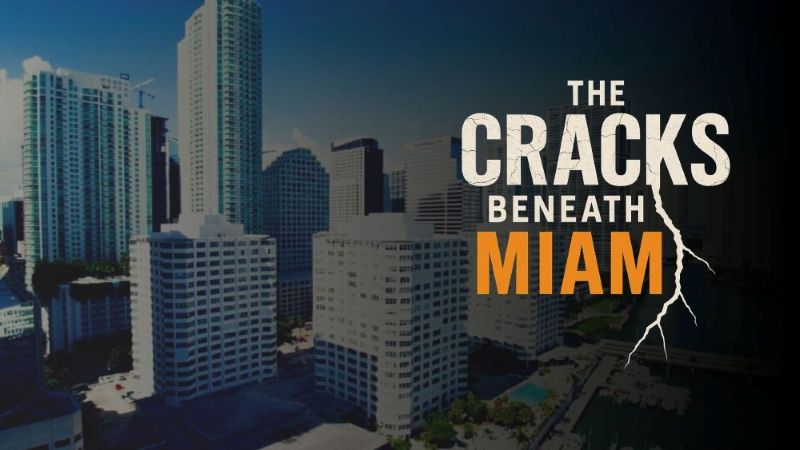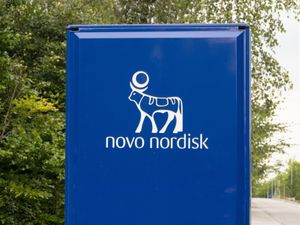Once a hallmark of mid-century Miami modernism, the Four Ambassadors condominium complex in Brickell is now at the epicenter of South Florida’s unfolding real estate and infrastructure crisis. Built in the late 1960s, the 810-unit bayfront property has recently become a lightning rod for resident frustration, special assessments exceeding $50 million, and escalating concerns over maintenance, safety, and governance.

Following Florida’s post-Surfside legislation — which mandates milestone inspections and Structural Integrity Reserve Studies (SIRS) for aging condominium towers — the Four Ambassadors has emerged as a case study in how decades of deferred maintenance can collide with new regulatory realities. Residents report increasing maintenance fees, frequent system outages, and extended service disruptions, including multiple episodes where air conditioning systems failed across entire towers during peak summer heat.
“The Four Ambassadors reflects what happens when aging infrastructure, rising insurance costs, and regulatory deadlines converge,” said an analyst specializing in Florida condominium law. “This isn’t an isolated incident — it’s a warning to every older building along the coast.”
In 2025 alone, multiple Brickell and Edgewater developments have faced similar financial and structural stressors:
- One Brickell City Centre, once slated to become Miami’s tallest office tower, was canceled due to market and financing constraints.
- Biscayne 21, another 1960s condominium, has become a landmark legal case, where owners successfully blocked a developer-led termination attempt in court.
- Dozens of associations across South Florida now face combined repair and compliance costs exceeding hundreds of millions of dollars.
At Four Ambassadors, residents describe rising tension between financial obligations and livability. Reports of limited maintenance access, mechanical failures, and governance disputes underscore broader questions about oversight and transparency in condominium associations statewide.
Real estate analysts warn that Miami’s next crisis may not stem from falling demand, but from structural unsustainability — where physical deterioration and financial burdens make many legacy buildings economically uninhabitable. For potential buyers and lenders, the implications are far-reaching: financing restrictions, Fannie Mae “blacklist” risks, and depreciating resale values could reshape the local housing market.
“This is not about one building,” the spokesperson added. “It’s about an entire generation of condominiums built before modern engineering, facing the bill for fifty years of Florida’s salt, humidity, and denial.”
About
The Cracks Beneath Miami is an independent documentary and investigative initiative examining the intersection of real estate, infrastructure, and environment in South Florida. The series explores the post-Surfside regulatory landscape, financing risks, and the socio-economic impact of Miami’s aging skyline.
Media Contact
Company Name: The Cracks Beneath Miami
Contact Person: Gia Gonzalez
Email: Send Email
City: Miami
Country: United States
Website: TheCracksBeneathMiami.com





